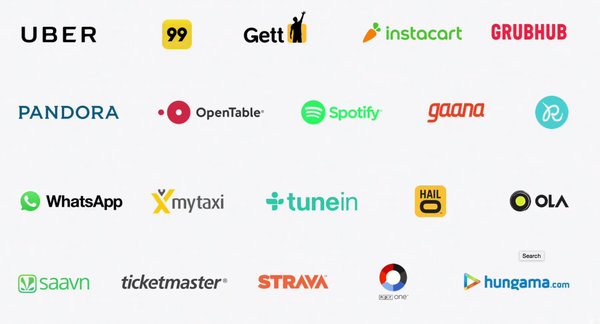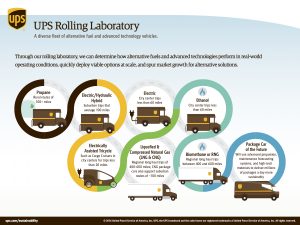After reading some of my peers’ blogs, I found one that really attracted my attention. Hoang’s blog talks about how tech companies keep innovating every day in a “never-ending” race. It particularly talks about the current competition between Amazon and Google regarding the intelligent home devices: the Amazon Echo and the Google Home.
The competition between these two big companies reminds me the marketing lecture we had about the Points of Difference and one reading about how to get in the consumer’s mind. Both the Echo and the Google home are intelligent devices that let you interact with your home with voice control. One can manage the lights, play music, and even ask any kind of questions like “How’s the weather?”. But after analyzing both products, they actually have very similar characteristics. So why would a customer buy one rather than the other?

http://cloudacademy.com/blog/wp-content/uploads/2014/10/Google-Amazon-674×332.png
This question can be answered by carefully looking at both the marketing strategy used and the Points Of Difference of each product. First of all, the fact that Amazon released the Echo in 2014 (almost two years before Google launched its home device) gives an enormous advantage to the e-commerce company. By being first in the market, the company gets the leadership and also a first place in the mind of the customers. People will relate intelligent home devices with the Echo. Therefore, the second player in the market needs attractive characteristics that will differentiate the product from the competition. Google started by creating a much more attractive and friendly design. While Echo seems to be a normal speaker, Home feels like it’s part of your home decoration.

Amazon Echo at the left. Google Home at the right. http://united-locksmith.net/wp-content/uploads/product-battle2.jpg
Also, by being part of Google’s family, it has access to all the information available in Google accounts and apps, such as your calendar and the weather conditions. Another feature Home has is the ability to play multi-room audio by synchronizing all the devices in your place. The Echo, on the other hand, cannot sync with other devices to play the same song in the house. The advantage that Echo has over Home is that it has much more functions or “skills”. These skills vary from ordering a Domino’s pizza to asking for an Uber. However, Google announced a list of possible partners such as TicketMaster, WhatsApp, Uber, Spotify, and others.

Google partners for Google Home. https://tctechcrunch2011.files.wordpress.com/2016/05/launchpartnershome.jpg
As contrary to what my peer Hoang stated in his blog, I think Google has a big chance of catching up the two-year gap Amazon had over them. Although Google was second in the market, and Amazon got the customer’s mind at first, it is implementing and improving fascinating characteristics to Home that will eventually overcome those of the Echo.
Word Count: 441
http://www.knowyourmobile.com/devices/google-home/23613/google-home-vs-amazon-echo-google-home-now-shipping-us
http://www.pcmag.com/article/348496/google-home-vs-amazon-echo-which-one-should-rule-your-smar
http://www.techradar.com/news/digital-home/5-reasons-google-home-will-beat-amazon-echo-1321967



